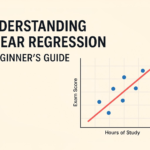Physical Address
304 North Cardinal St.
Dorchester Center, MA 02124
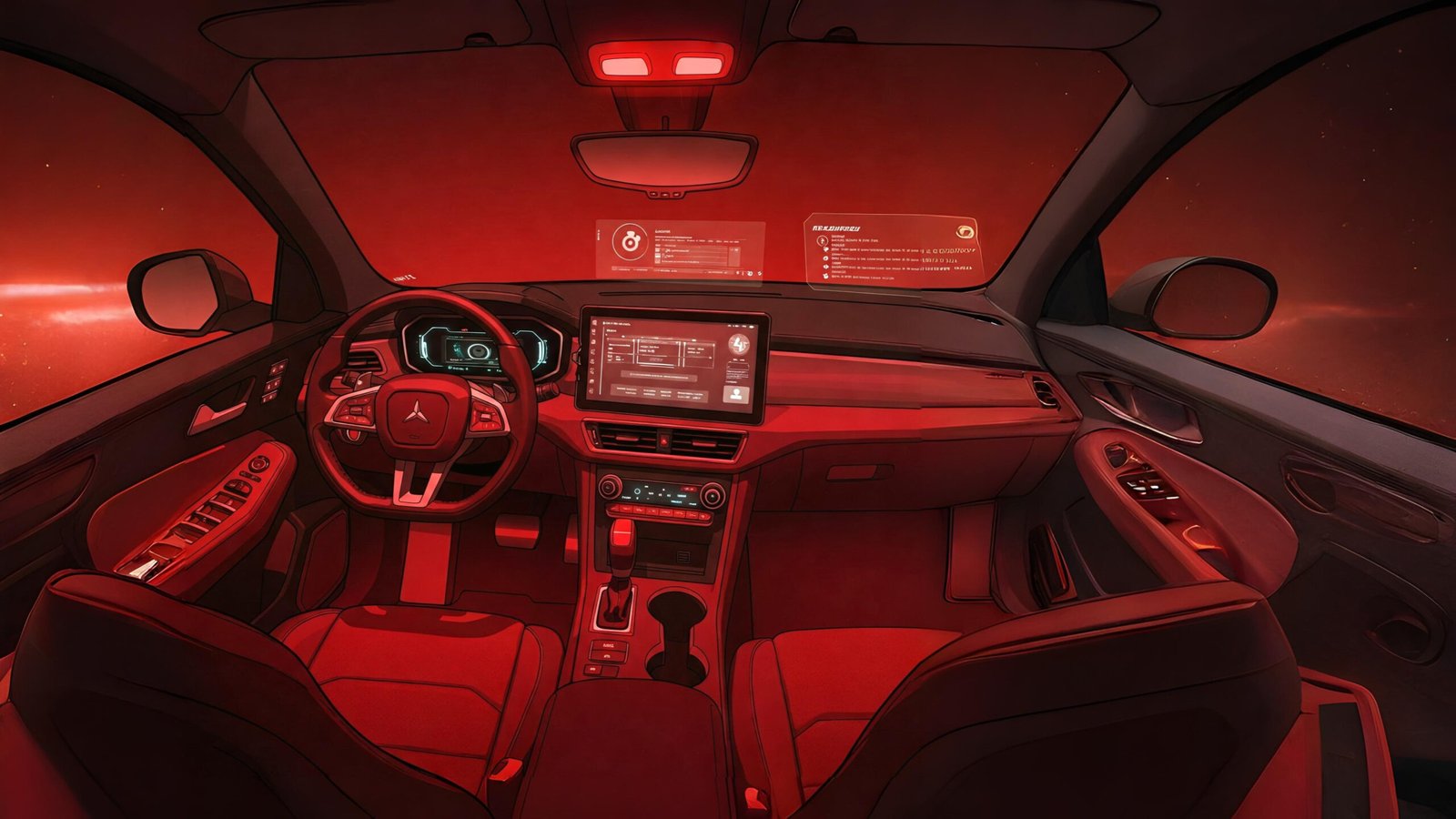
The world of transportation stands at a pivotal crossroads as we move through 2025. Electric vehicles (EVs) and autonomous driving technologies are no longer futuristic concepts but rapidly evolving realities that are reshaping how we think about mobility. This transformation represents more than just a shift in consumer preferences—it signals a fundamental reimagining of transportation systems globally.
As environmental consciousness grows and the desire for greater efficiency and convenience intensifies, electric vehicles are projected to constitute up to 25% of new vehicle purchases in 2025. Meanwhile, the autonomous driving sector is maturing, with expectations becoming more realistic and focused on practical, market-ready solutions.
Let’s explore how these twin revolutions—electrification and autonomy—are converging to create the mobility landscape of tomorrow.
Table of Contents
Toggle
The prediction that electric vehicles may comprise up to a quarter of new car sales in 2025 underscores the significant momentum behind the transition to electric mobility. This surge is not happening in isolation but is being driven by several crucial factors:
However, this transition is not without challenges. Utility companies face considerable logistical obstacles in managing the substantial influx of new data and power demands. The need for radical infrastructure changes to support widespread EV adoption represents one of the most significant hurdles to overcome.
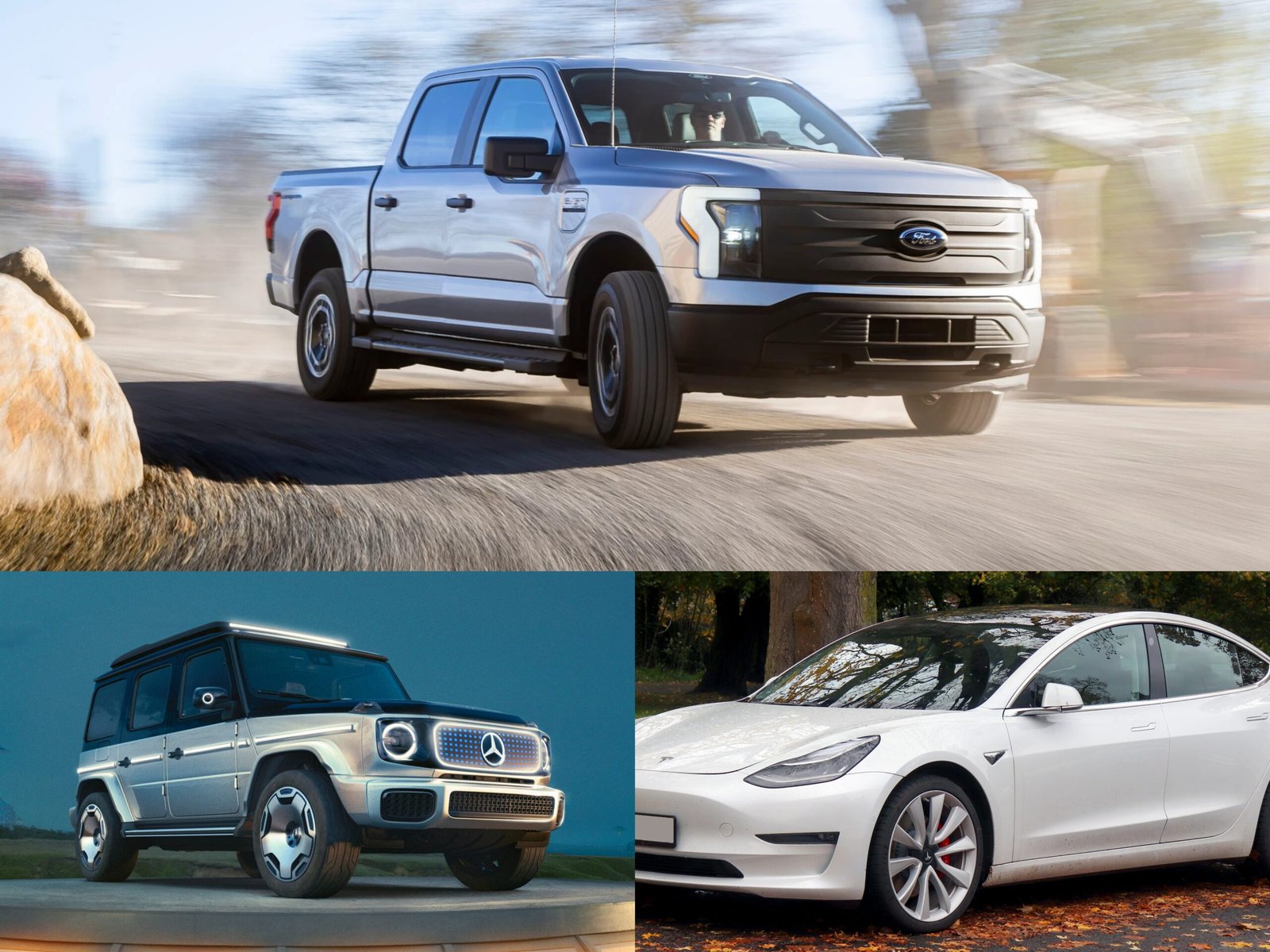
The electric vehicle market in 2025 features an impressive lineup of innovative and highly anticipated models. Each of these vehicles brings unique strengths to the table, demonstrating the breadth and sophistication of the maturing EV market:
Tesla Model 3 (Next-Generation)
Building on its predecessor’s tremendous success, the latest Model 3 offers enhanced range and performance specifications that further cement Tesla’s leadership position. With advanced battery technology and streamlined production methods, this redesigned model delivers greater value while maintaining Tesla’s reputation for cutting-edge technology.
Rivian R2S
This adventurous electric SUV targets outdoor enthusiasts and off-road drivers. The R2S expands Rivian’s portfolio with a slightly smaller offering than their original R1S, bringing electric capabilities to a segment traditionally dominated by gas-guzzling vehicles. Its rugged construction and advanced terrain management systems demonstrate that electric vehicles can excel in challenging environments.
Ford F-150 Lightning Pro
Ford’s iconic F-150 continues its electric evolution with the Lightning Pro model, offering impressive towing capacity and workplace functionality. This vehicle is particularly significant as it brings electrification to America’s best-selling vehicle class, potentially creating a massive shift in commercial vehicle emissions.
Mercedes-Benz EQG
This luxurious electric SUV maintains the iconic G-Class styling while delivering zero-emission capability. The EQG exemplifies how legacy automakers are successfully translating their most beloved models into the electric era without compromising on luxury, performance, or brand identity.
Lucid Air Sapphire
Setting new benchmarks for electric luxury sedans, the Air Sapphire combines exceptional performance with impressive range. This vehicle demonstrates that the upper end of the market continues to advance, pushing boundaries in both technology and luxury appointments.
Hyundai Ioniq 7
This spacious and technology-packed electric SUV caters specifically to families seeking sustainable transportation without sacrificing space or comfort. The Ioniq 7 showcases Hyundai’s commitment to making electric mobility accessible to mainstream consumers with practical features and competitive pricing.
The diversity in these upcoming models, spanning various vehicle types from sedans to trucks and SUVs, signifies the maturing of the EV market and its increasing ability to meet a wide spectrum of consumer demands.
The remarkable progress in electric vehicle adoption is underpinned by significant advancements in battery technology. These innovations are addressing the core challenges that have historically limited EV adoption—range anxiety, charging time, and cost:
The motorsports industry is also driving battery innovation forward. Formula E continues to serve as a technological proving ground for electric powertrains, while Formula 1’s plans to transition to more powerful batteries and sustainable fuels further legitimizes electric technology in high-performance applications.

The democratization of electric mobility is rapidly accelerating as manufacturers introduce more affordable options. These budget-friendly models are expanding EV ownership beyond early adopters to reach mainstream consumers:
The success of these more affordable models will ultimately depend on their ability to offer compelling features and sufficient range rather than simply appealing to budget considerations alone. The sweet spot lies in balancing affordability with desirable attributes that make ownership genuinely attractive to mainstream buyers.
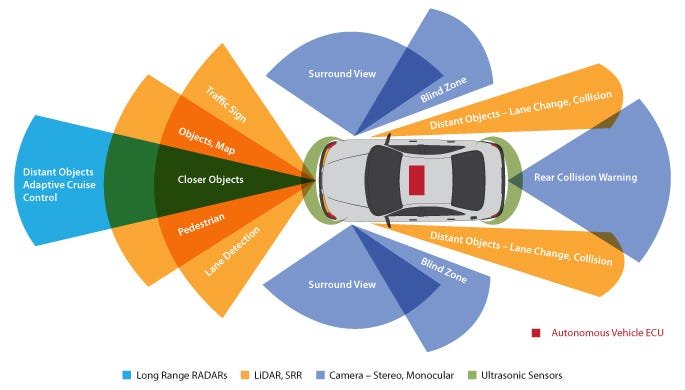
Parallel to electrification, autonomous driving technology continues to make remarkable progress toward a future where vehicles can navigate with minimal or no human intervention:
The shift from pursuing immediate Level 5 autonomy (complete autonomy in all conditions) to focusing on Level 4 autonomy in specific applications like ride-hailing services represents a maturing of the industry. This practical approach could potentially accelerate the deployment of autonomous technologies in controlled environments where they can deliver immediate value.
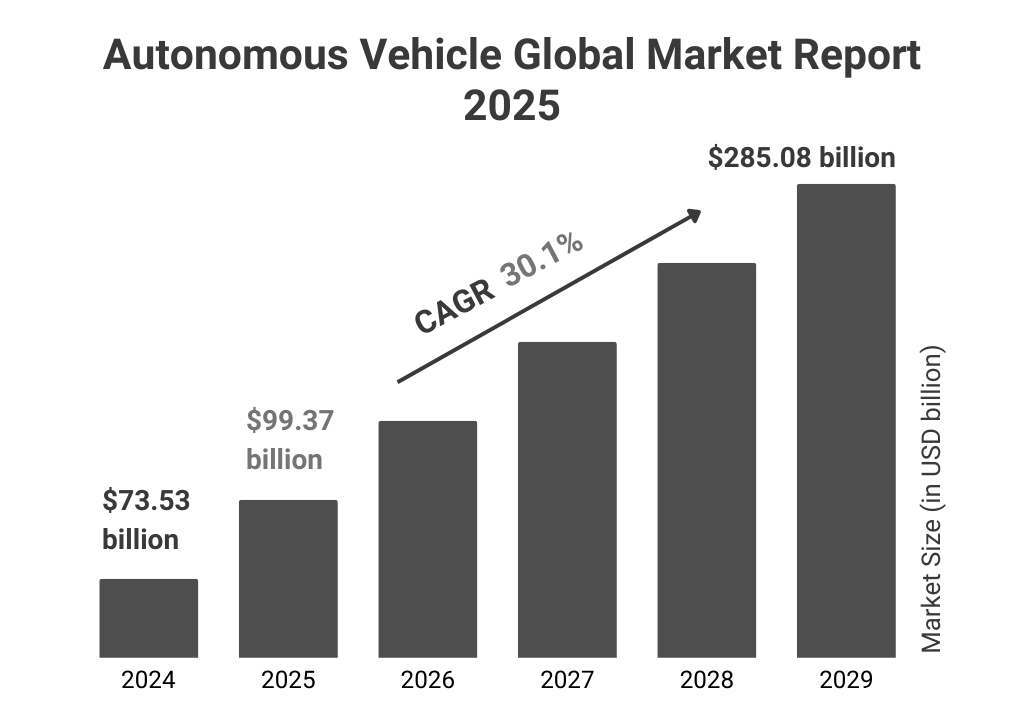
Market analysis reveals impressive growth projections for the self-driving car segment:
These varying projections highlight the dynamic nature of market forecasts in this rapidly evolving field, suggesting that actual growth could potentially exceed current predictions as technology advances and regulatory barriers are addressed.
To better comprehend the autonomous driving landscape, it’s essential to understand the standardized classification system developed by the Society of Automotive Engineers (SAE):
Current industry focus has shifted toward practical implementation of Level 4 autonomy in controlled environments rather than pursuing immediate Level 5 capabilities, representing a more realistic approach to deployment.

Tangible progress in autonomous driving is being made through extensive real-world testing and strategic partnerships:
These collaborative efforts are essential for addressing the complex challenges of autonomous driving, which require expertise across multiple disciplines and stakeholders.
The parallel advancement of electric vehicle technology and autonomous driving capabilities creates a powerful synergy that could fundamentally transform transportation:
This convergence creates a compelling value proposition that could accelerate the adoption of both technologies. The convenience and potential cost savings of autonomous mobility might encourage consumers previously hesitant about EVs to embrace the technology, while the environmental benefits of EVs align with the societal goals associated with autonomous transportation.

Despite the promising outlook, several significant challenges must be addressed for the electric and autonomous revolution to reach its full potential:
Addressing these challenges will require coordinated efforts across multiple sectors, including government, industry, and civil society. The path forward will likely include both technological solutions and policy innovations designed to facilitate a smooth transition.
The developments in both electric vehicles and autonomous driving technology indicate a clear trajectory toward a future of mobility that is more sustainable, efficient, and accessible. The anticipated surge in EV adoption by 2025, coupled with continuous advancements in self-driving capabilities, paints an exciting picture of transportation’s evolution in the coming years.
While significant challenges remain in terms of infrastructure development, regulatory frameworks, and public acceptance, the current momentum and synergistic relationship between electric and autonomous technologies strongly suggest a transformational shift is underway. The year 2025 represents a crucial milestone in this journey, but the full realization of electric and autonomous mobility’s potential will extend well beyond this date.
For consumers, policymakers, and industry stakeholders, staying informed about technological developments, regulatory changes, and evolving business models will be essential to navigating this transportation revolution successfully. The future of mobility is being written now, and its chapters promise innovation, sustainability, and a fundamental reimagining of how we move through the world.

Subscribe to our weekly newsletter below and never miss the latest product or an exclusive offer.

